Which Cannabis Growing Medium Is Better – Soil, Rockwool, Peat Moss, or Coco Plus Perlite?

The story goes that if you want a thing well done, do it yourself. And if you want to enjoy the best weed? Grow it yourself! With such an impressive variety of cultivation methods, enjoying homebred marijuana at less cost and little effort is easy. Deciding on the growing method that works best for you is usually the toughest part of the process. You can also try easy-growing seeds if you are a beginner.
Before getting down to business, you might want to refer to legal regulations first. Is homegrowing even allowed in your living area? Better check in advance to avoid unwanted trouble.
Good to plant? This concise guide will help you choose one of the weed cultivation methods that is perfect personally for you:

- In soil.
- Hydroponics.
- Rockwool.
- Peat moss.
- Coco plus perlite.
Whether you are a new grower with no clue or a practiced breeder in search of new insights, our weed growing medium guide will definitely help you!
Read More About Marijuana Laws In The Following States: Michigan, Colorado, Illinois, South Dakota, Alaska, Maine, Montana, New Jersey, Washington, Massachusetts, Maryland
Growing Weed in Soil Overview
How to describe growing weed in soil in three words? IT... TAKES... PATIENCE.
Plus, an outdoor planting space, regular monitoring, and basic knowledge of soil cultivation. Although this method is a go-to for most beginners, it may cause quite a few problems before you finally get to harvest the buds of your labor. If you have any previous experience in outdoor or indoor plant growing, the procedure won't be too difficult to follow for you.
 The greatest advantage of outdoor weed cultivation is its thriving potential. If you have sufficient space to bed your seeds, the height and size your plants may reach will grant you a year's supply of freshly harvested marijuana. The trick is to prepare and maintain ideal growing conditions that depend not only on the soil contents and their growing quality.
The greatest advantage of outdoor weed cultivation is its thriving potential. If you have sufficient space to bed your seeds, the height and size your plants may reach will grant you a year's supply of freshly harvested marijuana. The trick is to prepare and maintain ideal growing conditions that depend not only on the soil contents and their growing quality.
Growing cannabis in soil tips go beyond recommended nutrients and fertilizers. You need to consider climate and weather conditions, how much sun and water the plant needs, temperature, and humidity. Creating an ideal growing environment for your home plantation is key to success.
Pros and Cons of Growing Weed in Soil
PROS:
- Lower costs.
- Easy-to-follow process.
- No special equipment is required.
- Abundant weed harvest.
- Environmentally friendly technology.
- The gardening process itself can be entertaining.
CONS:
- Less control of the result.
- Local climate and weather can be a problem.
- Your continuous supervision is required.
- Unpredictable organic matter and bacteria impact.
The most popular seeds for growing
Growing Weed in Soil Tips
Amid the difficulties connected to soil cultivation, the undeniable advantages of this growing medium encourage cannabis enthusiasts to give it a try.
How to grow marijuana in soil? First, decide on the place: do you want to grow weed indoor or outdoor? A garden, balcony, and rooftop are ideal for providing your plant with sufficient sunlight. Plus, the more space you give the seeds to grow, the bigger the harvest will be. Keep that in mind when planting seeds into small pots and expecting human height results.
Read Also: How to Plant Marijuana Seeds: Secrets and Recommendations
Second, to develop a perfect fertilizing recipe for the soil, consult with the cannabis seed type specifications that you are about to plant. It is better to pick additional nutrients and fertilizers for cultivation depending not only on the soil type (sand, clay, silt, peat, chalk, and loam) but on the cannabis type as well (there are variations, such as natural seeds, feminized, auto-flowering, etc.)
Third, make a schedule for watering weed plants in soil. Water is just as an essential part of the growing process as the soil itself. It is the magic behind photosynthesis, seed germination, nutrient transportation, and transpiration. The frequency of watering your weed growing medium depends, once again, on the type of soil you use for cultivation, which brings us to the final tip.
How do you know the soil is healthy enough to provide your plants with a safe growing environment? You do a soil test. Soil testing isn't a big of a deal, and you can perform the simplest ones yourself. There are special testing kits and video manuals that will guide you through the process step-by-step. Knowing your soil's strengths and weaknesses will enable your homemade cannabis plantations to thrive for several subsequent beddings.
Growing Weed in Hydroponics Overview
As hydroponic growing becomes more and more popular among cannabis breeders, the debate on which method is more practical remains open. Some stand by soil cultivation, defending its old-school simplicity and little maintenance costs. And some prefer to grow marijuana hydroponically and can't but admire the innovative advantages of this method.

The main difference of hydroponics cultivation is the absence of soil, i.e., all soil-related challenges. No more soil testing, no more watering schedules, pests, diseases, and unexpected outcomes. But as great as hydroponic growing looks, this method has several drawbacks that can't be ignored.
Wonder how to grow hydroponic cannabis? By mastering the art of hydroponic cultivation step after step. This might not be the best starting point for new growers. Unlike soil growing, the hydroponic technique requires experience and even more experience. From choosing the right hydro system and medium (because you still need to root the plant somewhere) to running water pH tests, hydroponic weed is not easy to grow.
Pros and Cons of Growing Weed in Hydroponics
PROS:
- The soil, with all its unpredictability, is out of the picture.
- Faster cannabis growing cycle.
- Faster nutrient access results in higher yields.
- More water-efficient growing technique.
- The plant is exposed to fewer chemicals.
- Less human supervision, i.e., more freedom for you.
CONS:
- It takes time and practice.
- Extra costs for hydro systems and growing mediums.
- More costs on hydroponic nutrients.
- Humidity-temperature-sunlight concerns remain but are easier to manage.
Read Also: Growing CBD-Rich & THC-Rich Cannabis
Growing Weed in Rockwool
Rockwool is a substrate created from spinning molten basaltic rock into fine fibers. How is it connected to growing marijuana? Apparently, rockwool is a perfect medium for hydroponic growing set-ups. Because of its inert properties and natural ability to hold water and provide sufficient aeration to the plant roots, rockwool is massively used in commercial weed production and isn't neglected by individual hydroponic growers.
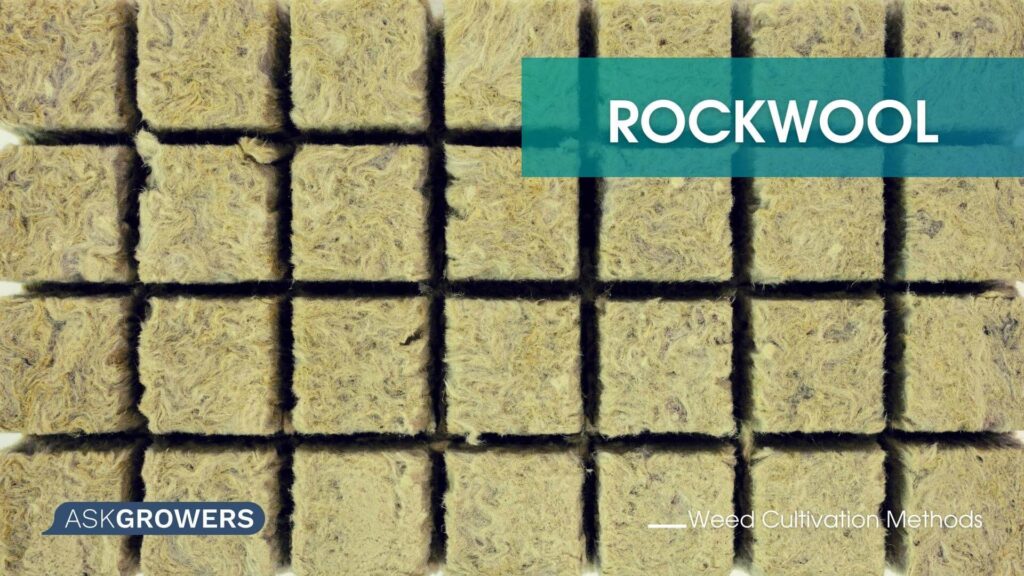
Growing weed in rockwool seems strange the first time you think of it. But the benefits are numerous, making it the most suitable for the first-time hydroponic growing experience. Rockwool medium is no less demanding than the others, but it is 100% organic-free. Plus, the environment is sterile and free from heavy metals.
If growing cannabis in rockwool is so ideal, why bother and research other growing mediums? Because no medium is perfect, and rockwool is no exception to the rule. The biggest disadvantage of rockwool is its environmental impact. It is not biodegradable, it is not recommended for recycling, and its production is usually far from sustainable.
Pros and Cons of Growing Weed in Rockwool
PROS:
- It is suited for both soil and hydroponic growing.
- It is easy to set up and look after.
- The growing environment is sterile, free from metals and organic threats.
- Rockwool provides good drainage and easy root penetration.
- Darkness, moisture, and warmth of rockwool cubes result in booming germination.
CONS:
- This is not an environmentally friendly method.
- Stabilizing water pH can be a real problem.
- It is not biodegradable or sustainable.
Read Also: How Long Does It Take to Grow Marijuana: Stages of Growth
Growing Weed in Peat Moss
Growing cannabis in peat moss advances your chances of getting a rich harvest and lowers failure risks. Peat moss is a useful amendment that both soil and hydroponic growers can benefit from. But if you plan to use peat moss in your nearest cannabis planting, don’t waste time thinking. Peat moss requires weeks to prepare it for cultivation.
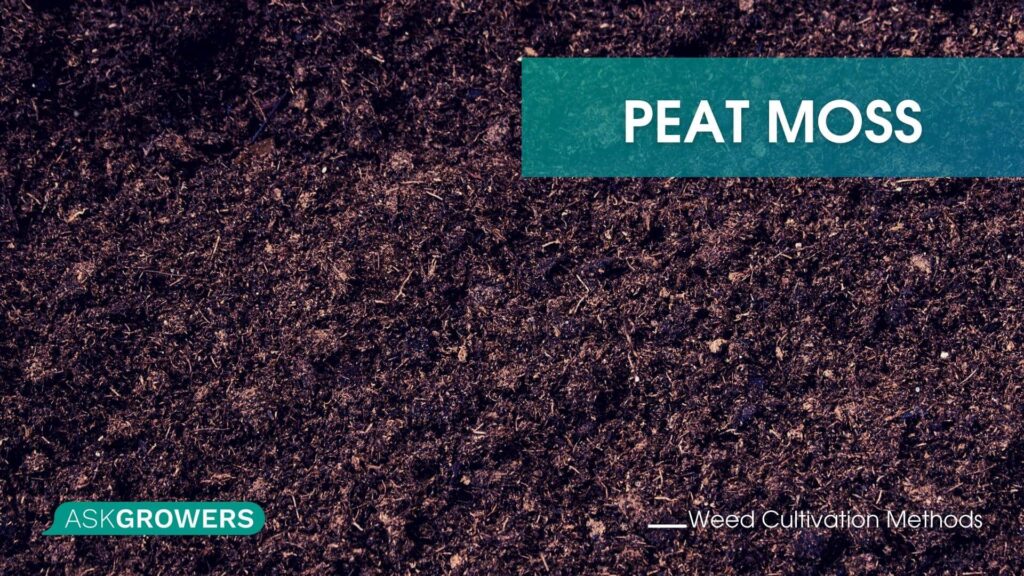
The best news is that you can reach the best pH for cannabis in peat moss. An experienced grower knows the importance of a well-balanced pH. Because the pH level of peat moss is acidic, it allows for the use of alkaline soil amendments. Thus ensuring proper absorption of all the required nutrients and successful cultivation.
Pros and Cons of Growing Weed in Peat Moss
PROS:
- Adds healthy nutrients.
- Has promising water-retaining potential.
- Plays a vital role in the acidifying process.
- Enriches the growing environment with helpful microorganisms.
- Has great resistant properties and is free from contaminants.
CONS:
- May cause soil compression.
- Raise sustainability concerns.
- Takes sufficient time to prepare.
Growing Weed in Coco Plus Perlite
Growing weed in coco coir is yet another alternative method popular among cannabis fans. The husk of coconuts was considered a waste product until it was put to good use by weed growers. Its processed fiber offers a nearly perfect environment for growing marijuana. Both indoor and outdoor plantations can benefit from this oxygen-rich and excellently water-retaining medium with an average pH of 6.5-7.0.
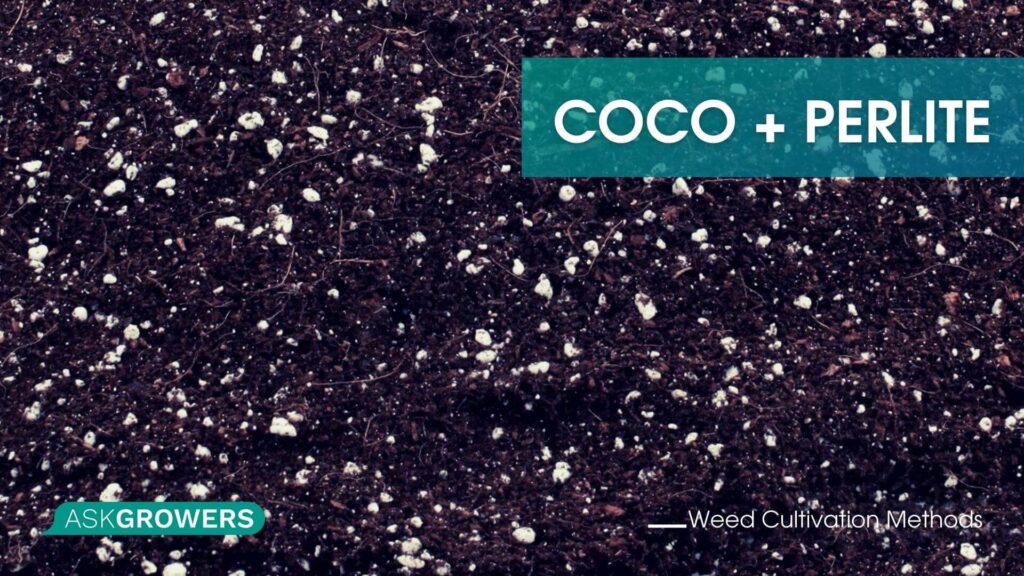
If you care for the environment, flushing cannabis in coco is your best growing option. This method is 100% eco-friendly and recyclable. However, you might want to add certain cannabis perlite to raise your chances of a successful and fruitful harvest. Perlite is an obsidian supplement recommended for use in both hydroponic and soil cultivation schools. When added to coco coir, it increases oxygen levels, helps root development, and decreases soil weight. A win-win, all the way around.
Growing cannabis in coco coir vs soil alone offers much better results yet requires more effort and experience. If soil planting is no longer a challenge for you, try coco coir as the next advanced level.
Deciding between coconut coir vs peat moss is trickier. If you are a passionate environmentalist or in a time crunch, go for coco coir without second thinking. If you are into gardening in general, opt for the best result possible, and have plenty of time to prepare growing medium, give peat moss a try. The features of these mediums are difficult to contrast. So best if you can compare peat moss vs coco coir in practice to see what outcome satisfies you the most.
Pros and Cons of Growing Weed in Coco + Perlite
PROS:
- The technique is simple.
- Coco coir is as accessible as soil.
- 100% environmentally-friendly cultivation process.
- Resistible to insects and diseases.
- Has a light structure that is beneficial for root development.
CONS:
- Requires nutrients, such as cannabis perlite.
- Needs to be hydrated in order to activate.
Read Also: Growing Cannabis: The Beginner’s Shopping List and Top 7 Beginner Tips
Conclusion
Now that we’ve overviewed the most popular cannabis growing techniques, it is about time to draw conclusions and pick the best cultivation method.
Hydroponic weed vs soil grown? It is difficult to choose the best one, as both methods offer unique benefits and inescapable disadvantages. Hydroponic cannabis is rumored to be stronger, but the potency mostly depends on the strain and the effort you put into cultivating and harvesting it appropriately. That said, we advise you to start with soil growing because it is cost-efficient and obviously easier.
And remember that today's seed is tomorrow's harvest. Happy growing!
References
https://en.wikipedia.org/wiki/Legality-of-cannabis

 Growing
Growing
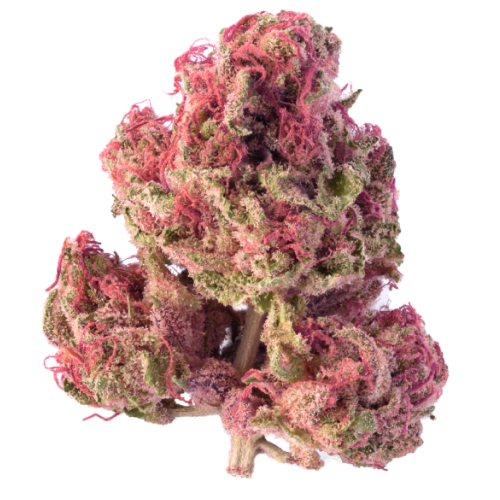


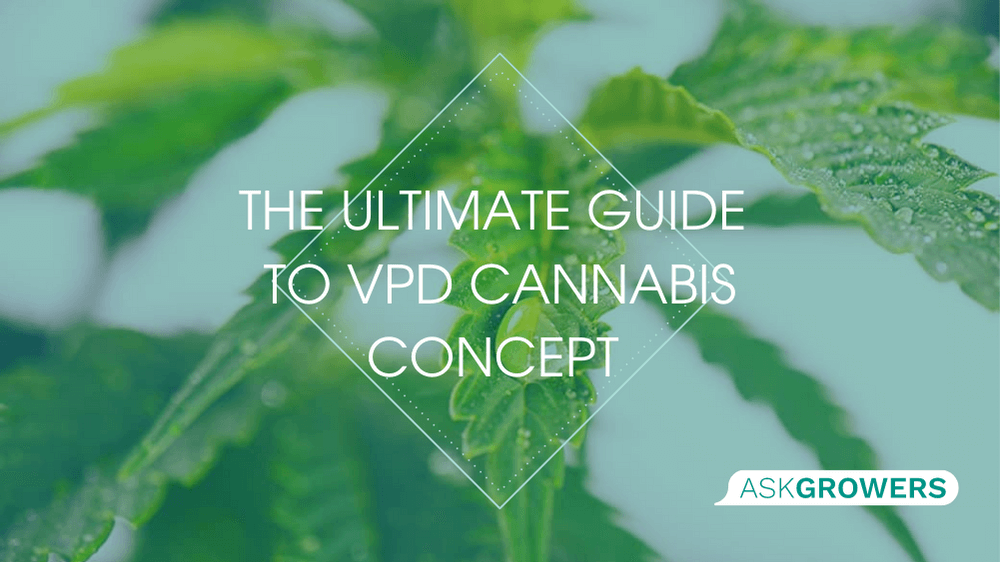



.png)
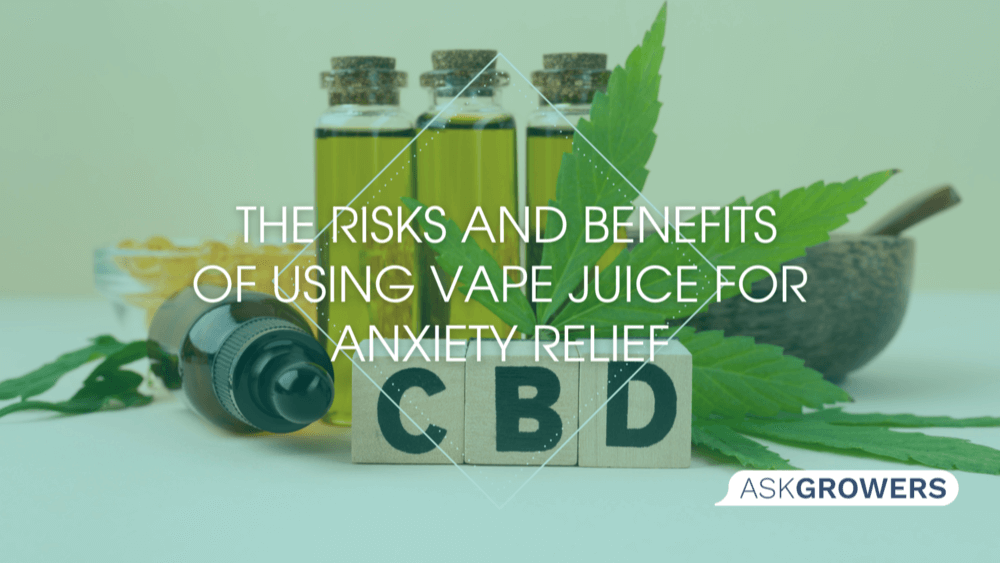
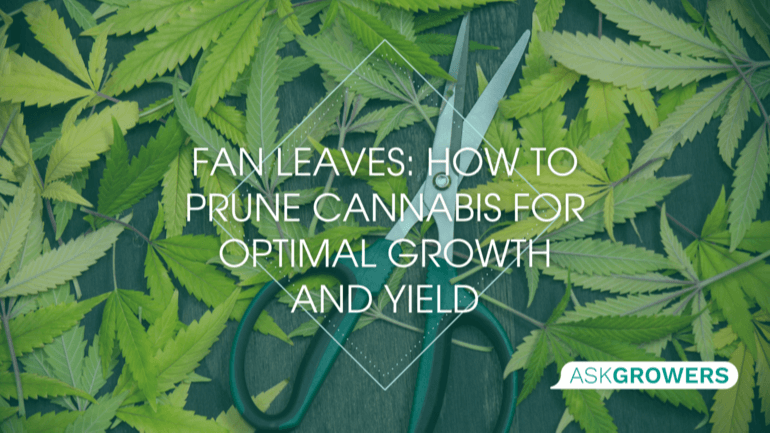
 (1).png)

.jpg)
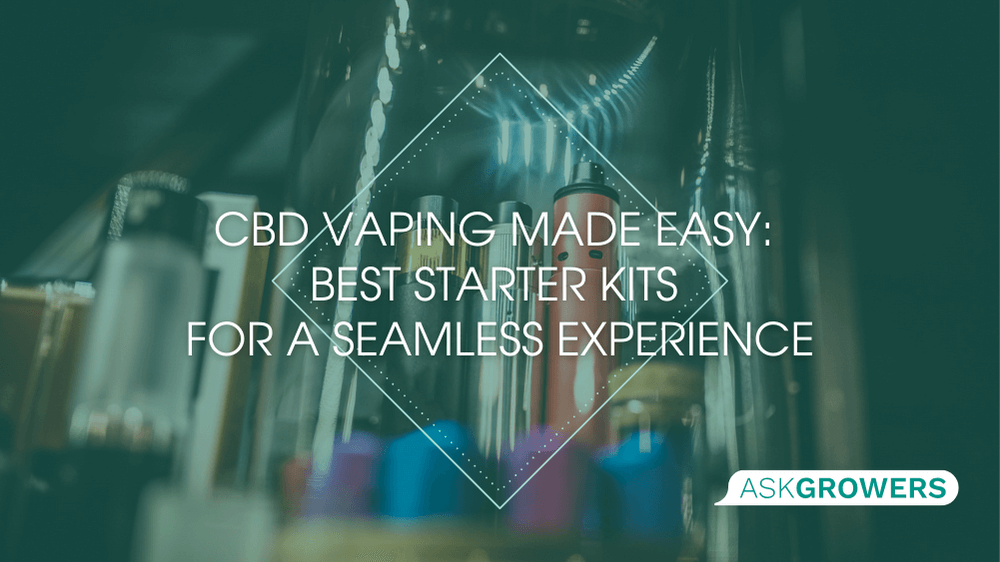




Be the first and share your opinion
Write a Review